
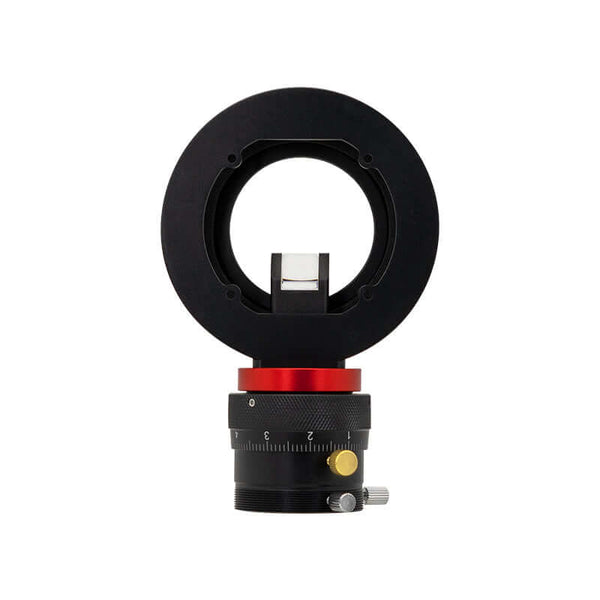

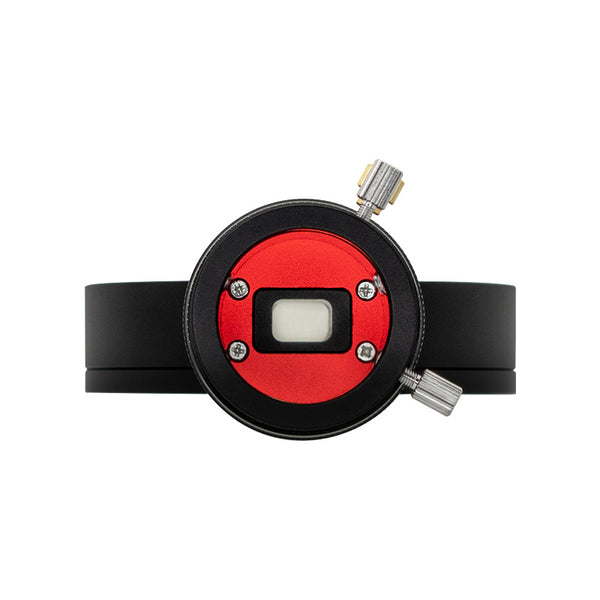

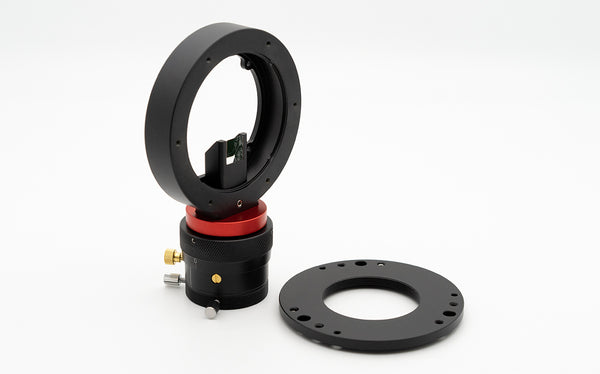

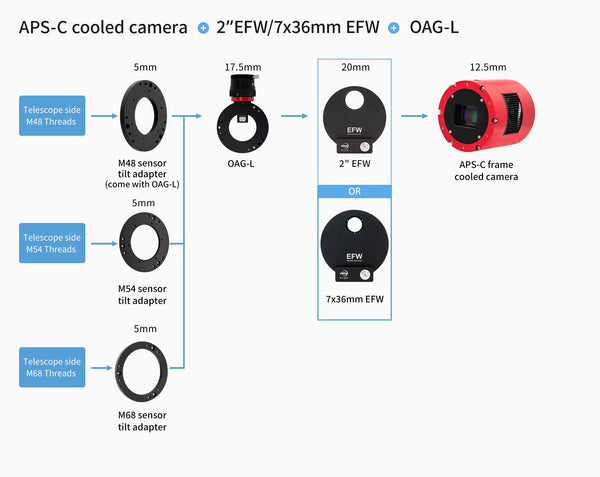

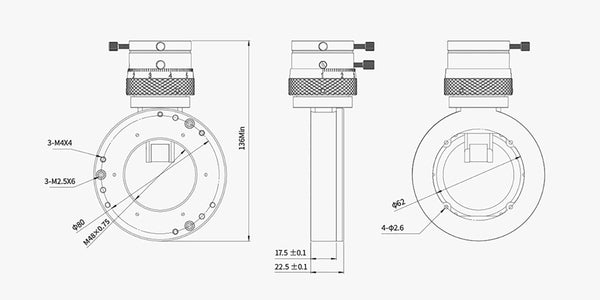














Why Purchase from All-Star Telescope?
Free Expert Support
Whether you are a first timer needing help with setting up or an enthusiast that can't quite make that one thing work, our expert staff are ready to support your needs. With decades of knowledge and first hand experience we've been there and we can help you through it!
Stress Free, Secure Transactions
You can trust purchasing and delivery with All-Star Telescope. All of our transactions are 100% secure and Level 1 PCI DSS compliant thanks to Shopify's ShopPay platform. For additional protection, we insure 100% of the value of every shipment we make. If it get's lost during shipment, we replace it. If it gets damaged during shipment, we replace it. We make sure your product arrives exactly as you would expect it to; we promise.
We also ensure privacy protection. We never keep any of your credit card information on file and any of your personal data is stored according to our policies.
30 Day Return Policy
Buy with confidence knowing that we accept returns up to 30 days after purchase. We want you to have something you will actually use and we are confident that we keep good quality products in our store with No Junk.
Price Match Promise
Shipping around for the best price is tough, we make it easier by offering the best pricing in the market. But if you find a better price on an in-store item somewhere else we will match it!
Product Description
OAG-L-68 Has been discontinued.
For guiding, OAG-L can only work with ASI Mini cameras like ASI174MM Mini, ASI290MM Mini and ASI120MM Mini.
OAG-L has a large prism size of 12*12mm, far bigger than M68 OAG. The bigger clear aperture brings wider field of view in guiding. It is easy to use, and suitable for users who are interested in long focal length photography.
OAG-L-68 shares the same prism size of 12*12mm as the OAG-L. It’s specially designed for ASI461 and ZWO 50mm square filter wheel.
To take the most advantage of it, we recommend you to match it with large format guiding cameras.
Features
- Lightweight and exquisite, 17.5mm thickness.
- Prism size: 12*12mm.
- The effective light-passing aperture is 11.7mm*8.3mm.
- Can be used to connect the main camera and guide camera simultaneously. No guide telescope required.
- Packaged with an M48 sensor tilt plate (5mm).
Operating Guide
- For guiding, OAG-L can only work with ASI Mini cameras like ASI174MM Mini, ASI290MM Mini and ASI120MM Mini.04
- Considering the large prism size, we don’t recommend you use OAG-L with telescopes whose clear aperture is smaller than M48.
- Yet it is recommended to use with 2” EFW or 7x36mm EFW, and with APS-C cameras (ASI2600) or full-frame cameras (ASI6200/2400). The large clear aperture supports full-frame cameras without vignetting.
- The major differences between OAG-L and M68 OAG are about the prism size and the threads. OAG-L removed the inner threads so you can directly use the screws to connect it to other equipment.
- If the thread of your telescope side is M48, then you don’t need to remove the M48 sensor tilt plate coming with OAG-L. On the contrary, you need to remove it and use some other sensor tilt plate at the corresponding thread of your telescope.
- While adding OAG-L into your optical train, please make sure the prism won’t block the camera sensor.
- You can use the guiding screw to adjust the guiding camera’s focus length.
- Please make sure the distances from the prism to the main camera and to the guide camera are the same. To ensure the result, it is better to do this during the daytime for the adjustment will be very difficult at night.
Specifications
OAG-L


OAG-L-68


Additional Articles, Videos, and Links
External Links

Astrophotography for Beginners Step 4: Shooting Deep-Sky Images
Taking deep sky pictures can be daunting, luckily there is an easy process to follow to allow you to get great shots! Here is the typical process for actually taking deep-sky images in the field.
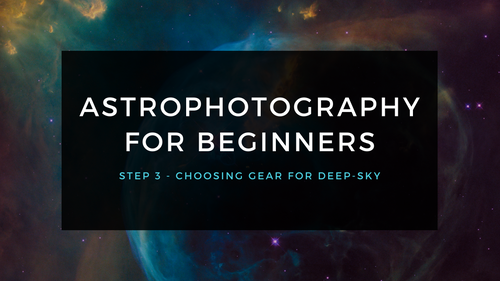
Astrophotography for Beginners Step 3: Choosing Gear for Deep-Sky Imaging
Using a star tracker gains you experience with the fundamentals of deep-sky imaging. Shooting the Moon gains you experience focusing and framing through your telescope. Through your sessions you’ll...
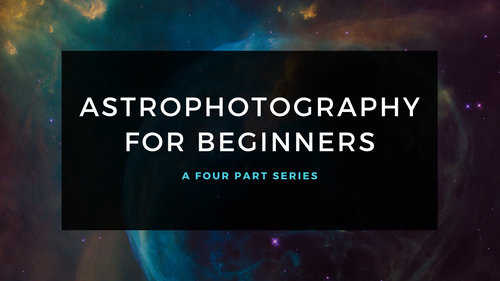
Astrophotography for Beginners - Start Here: Getting into Astrophotography Step by Step
Shooting the night sky has never been more popular, nor easier. The choice of equipment has also never been better, or more affordable. However, as per the advice given by Dickinson and Dyer in the...
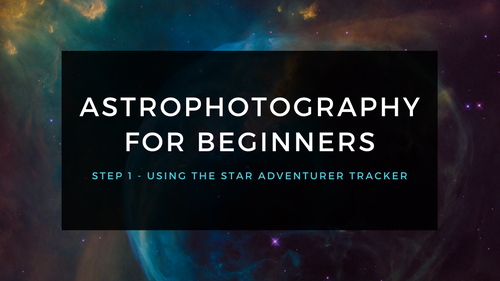
Astrophotography for Beginners Step 1: Using the Star Adventurer Tracker
By far the most economical and easiest way to capture beautiful images of the Milky Way and large deep-sky objects like the Andromeda Galaxy (shown here) is to use a star tracker. Here are steps an...
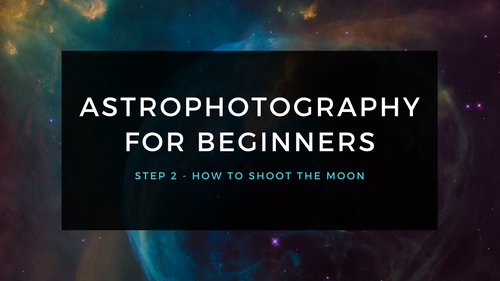
Astrophotography for Beginners Step 2: How to Shoot the Moon
Close-ups of the Moon are rewarding, and an easy way to learn to shoot through your telescope. While good results are possible with a phone camera clamped to an eyepiece (as shown below), this tuto...



